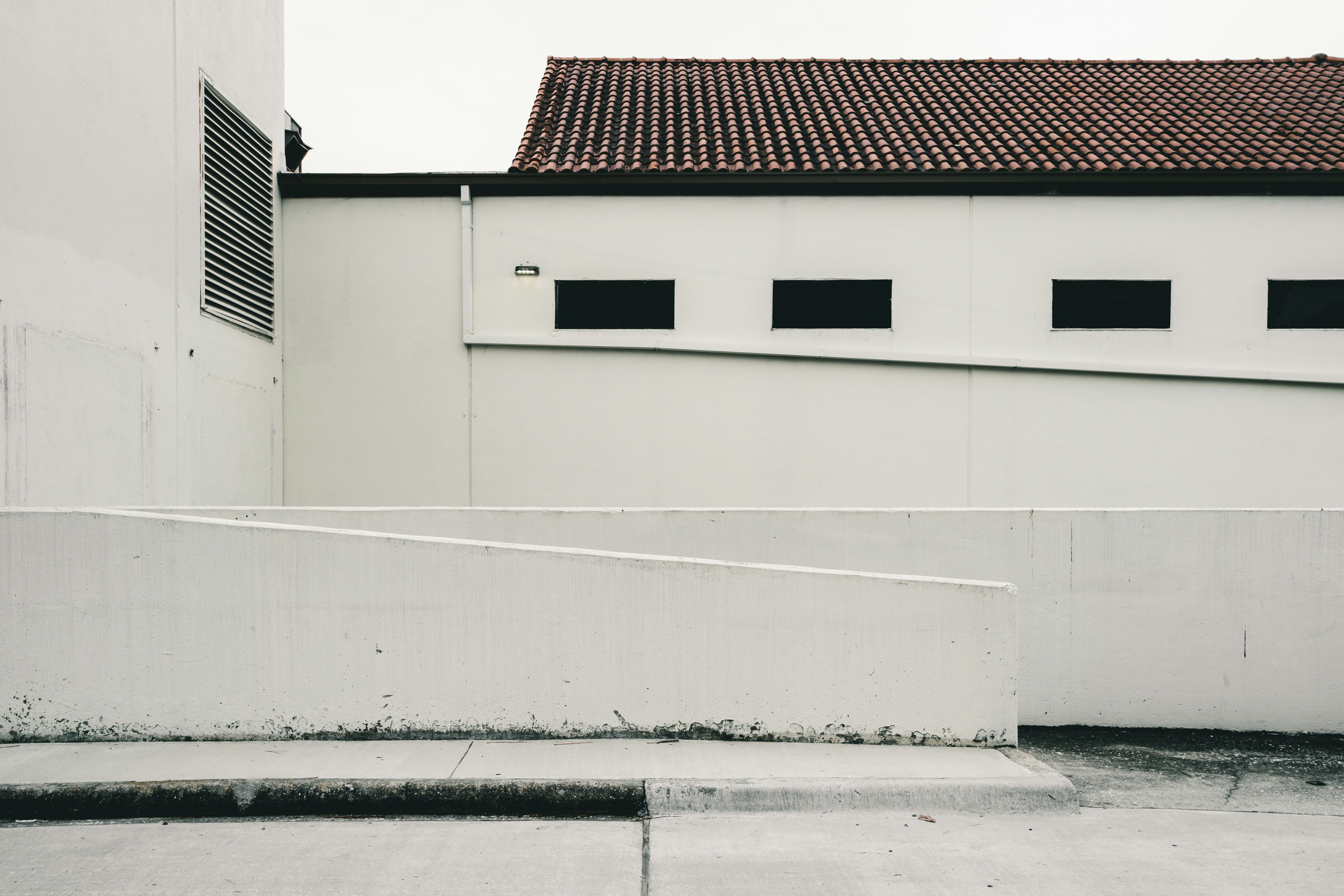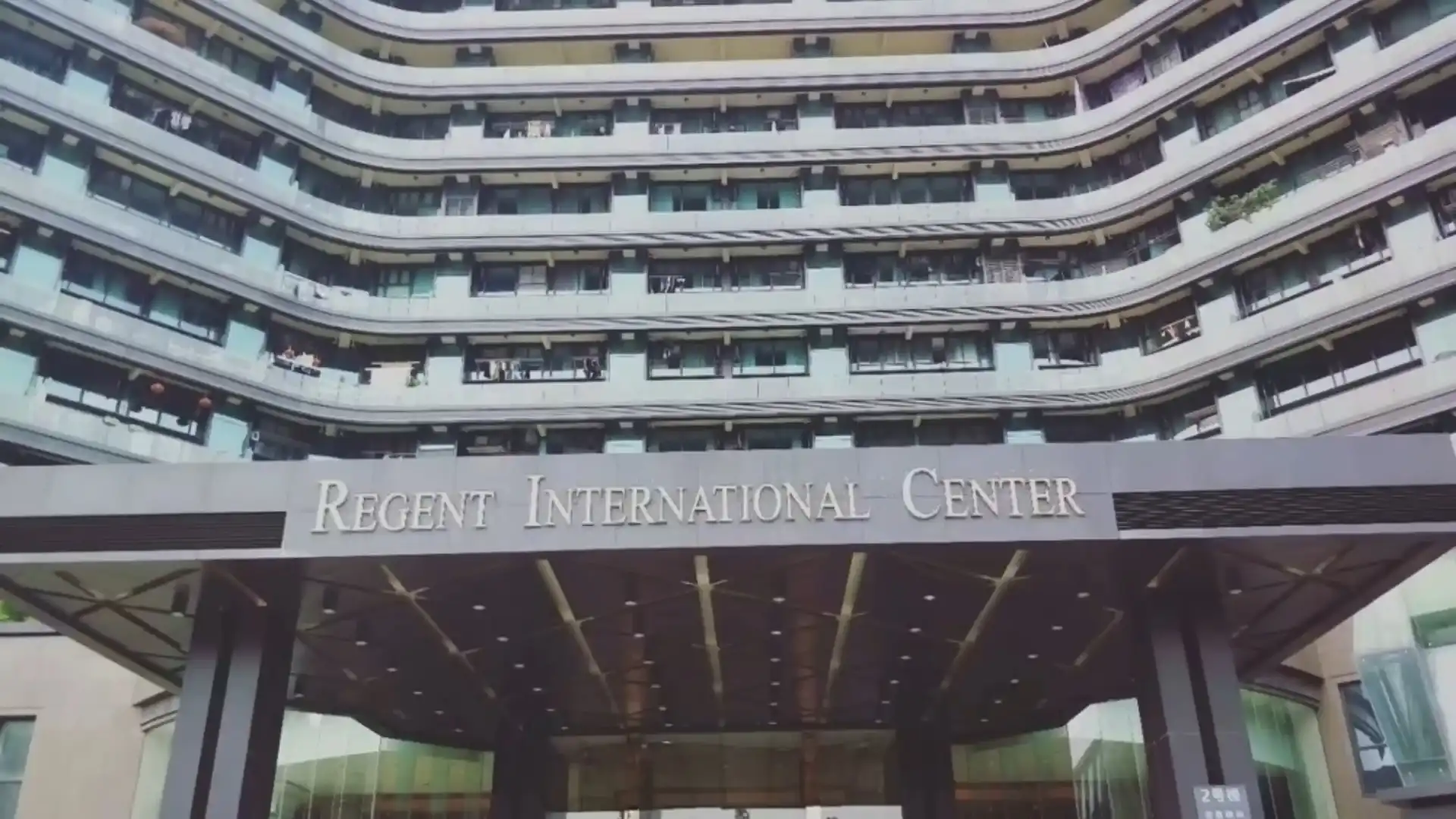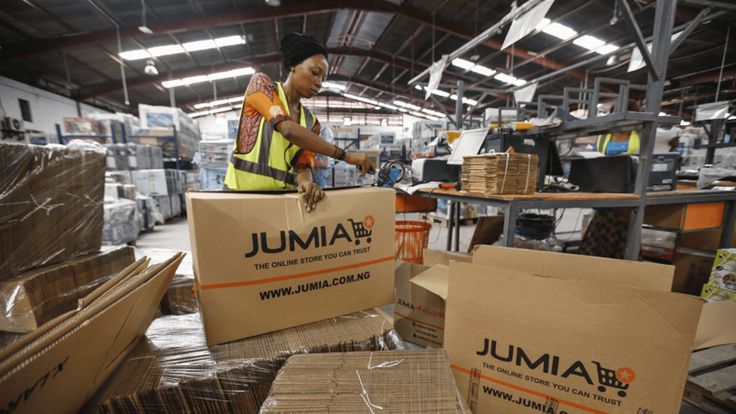Can Minimalism Work in a Low-Income Economy?

Minimalism, as it is popularly known today, is a lifestyle movement that encourages people to live with fewer possessions, prioritize experiences over material goods, and focus on intentional living. Popularized in the West by figures like Joshua Fields Millburn and Ryan Nicodemus (known as The Minimalists) and further amplified by Marie Kondo’s decluttering philosophy, minimalism has been marketed as a route to freedom and clarity in an age of consumer excess. It is a narrative that trades abundance for serenity: clear surfaces, tidy wardrobes, and a life stripped of non-essentials.
But the question remains: can such a philosophy realistically work in low-income economies, where scarcity is already a daily reality? And more importantly, should it?
Minimalism’s Western Roots

image credit: pinterest
Minimalism’s modern revival in the West emerged as a cultural counterweight to overconsumption. In the post-war decades, the combination of economic boom, the rise of fast fashion, cheap manufacturing, and aggressive advertising created homes bursting with goods—many of which served little functional purpose. Minimalism offered an antidote: fewer purchases, less clutter, and more room for meaning.
However, this Western narrative assumes that people have an abundance of possessions to begin with—and the disposable income to curate their lifestyle. The idea of getting rid of “excess” presupposes the existence of surplus. In Nairobi, Lagos, or Dhaka, where wages are low and necessities consume the bulk of a household budget, minimalism’s premise changes shape. Here, it is less about freeing oneself from abundance and more about surviving scarcity.
Scarcity Versus Choice
In high-income economies, minimalism is framed as a choice—one exercises restraint despite having the means to consume more. In low-income economies, frugality is not a lifestyle experiment; it is a structural condition.
A 2022 World Bank report found that more than 40% of people in Sub-Saharan Africa live below the international poverty line of $2.15 per day. When every purchase is weighed against immediate needs—food, rent, school fees—owning fewer things is rarely a deliberate philosophical stance. It’s simply how life works.
Paradoxically, however, poverty can lead to more physical items, just of lower quality. Durable, high-quality goods—like a reliable washing machine or sturdy shoes—are often out of reach, forcing families to purchase cheaper alternatives that wear out quickly. Over time, this “poverty premium” results in more spending, more clutter, and more waste. A minimalist in London might invest in a £200 coat that lasts ten years; a market vendor in Accra might cycle through five £40 coats in the same period, each of poorer quality.
When Minimalism Aligns with Necessity

image credit: pinterest
This doesn’t mean minimalism is irrelevant in low-income contexts. In fact, many of its core principles align with long-standing traditions in such societies—only they were never branded as minimalism.
In rural Ghana, for instance, tools and farming equipment are often communally owned, reducing costs and the need for individual households to store rarely-used items. In South African townships, informal clothing swaps and repair workshops extend the life of garments while keeping spending low.
These practices are not framed as self-help or self-improvement projects. They are collective survival strategies, honed over generations. They predate the Western minimalist movement by centuries, proving that “less” can be sustainable—when supported by strong communal ties.
The Psychological Dimension
Minimalism’s attraction in the West often lies in its mental benefits. Reducing possessions can feel liberating in cultures where constant advertising creates the illusion of lack. The psychological relief comes from resisting consumerist pressure.
Minimalism’s appeal reaches beyond material benefits—its real payoff might lie in psychological relief. Research consistently shows that cluttered surroundings are tied to higher stress levels. In a 2009 study from the Personality and Social Psychology Bulletin, women who perceived their homes as cluttered had elevated cortisol levels, a hormone associated with stress.
This suggests that while material scarcity may be involuntary, cultivating a mindset of sufficiency rather than deficiency can foster resilience and dignity.
The Influence—and Distortion—of Social Media
In the age of Instagram and TikTok, minimalism has taken on a polished aesthetic: spotless white walls, capsule wardrobes, organic linen bedding. For young professionals in Accra, Nairobi, or Johannesburg, these images can be both inspiring and alienating.
The danger is what Kenyan writer Binyavanga Wainaina once called “aspirational poverty”—romanticizing simplicity without acknowledging the structural inequities that make it involuntary for so many. A family living in a one-room home without electricity is not minimalist. They are navigating deprivation. The difference lies in choice.
Social media’s curated vision risks making minimalism seem unattainable unless it comes with designer furniture and artisan ceramics—ironically turning a philosophy of simplicity into yet another form of consumption.
Reimagining Minimalism for Low-Income Contexts
If minimalism is to be relevant outside affluent societies, it needs to shed its luxury branding and adapt to local economic realities. This means focusing on:
Resource efficiency: Encouraging repair over replacement, multifunctional goods, and communal sharing.
Financial empowerment: Prioritizing savings, avoiding high-interest debt, and resisting status-driven purchases.
Cultural continuity: Valuing indigenous practices of resourcefulness rather than importing consumer ideals.
Some cities are already seeing such adaptations. In Lagos, “declutter markets” allow residents to sell unwanted household items directly to neighbors, keeping goods in circulation. In Cape Town, zero-waste community kitchens combine minimalism with sustainability, feeding hundreds while reducing food waste.
These are forms of minimalism grounded in necessity, but transformed into collective resilience.
The Real Bottom Line
Minimalism can work in low-income economies—but not as a copy-and-paste version of Western ideals. In the West, it is often a conscious rebellion against abundance. In poorer contexts, it is about making scarcity livable without succumbing to consumerism’s illusions.
When adapted to local realities, minimalism becomes less about having less and more about having enough. It shifts the conversation from deprivation to dignity, from scarcity to sufficiency.
If minimalism is to have a meaningful future beyond Instagram aesthetics, it must acknowledge privilege, embrace practicality, and recognize that for much of the world, “less” isn’t a choice—it’s where the story begins.
Conclusion:
Minimalism in low-income economies cannot be a carbon copy of Western models. Instead, it must be adapted to reflect local needs and traditions, balancing aspiration with survival. At its best, it empowers people to prioritize essentials without romanticizing scarcity—turning necessity into a mindful, dignified way of life. The challenge is to keep it rooted in reality, not in the airbrushed perfection of lifestyle marketing.
Recommended Articles
Living Without Leaving: Is China’s Mega Apartment the Future of Housing?

Can you imagine living in a building with shops, gyms, and hospitals under one roof? Explore China’s giant residential t...
Sports Betting in Africa: Quick Money or Long-Term Addiction?

"Is sports betting in Africa an opportunity for wealth or a trap for addiction? Explore its impact on youth, the role of...
The Jumia Story: Lessons From Africa’s First Tech Unicorn

Discover the story of Jumia, Africa’s first tech unicorn, and how platforms like Glovo and Bokku are reshaping e-commerc...
Colourism in Africa: Are We Still Living in Mental Slavery?

“Colorism in Africa is more than a beauty preference—it’s a legacy of colonialism shaping identity, self-esteem, and com...
Autism and Culture: Are African Traditions Helping or Hurting?

Read about how African traditions shape perceptions of autism; from stigma and delayed diagnosis to communal support and...
Nigeria Wants Students To Learn Chinese - What Does This Mean?

Explore the benefits, risks, and lessons from Africa’s Chinese language policies, as Nigeria adds Mandarin to its school...
You may also like...
Super Eagles' Shocking Defeat: Egypt Sinks Nigeria 2-1 in AFCON 2025 Warm-Up

Nigeria's Super Eagles suffered a 2-1 defeat to Egypt in their only preparatory friendly for the 2025 Africa Cup of Nati...
Knicks Reign Supreme! New York Defeats Spurs to Claim Coveted 2025 NBA Cup

The New York Knicks secured the 2025 Emirates NBA Cup title with a 124-113 comeback victory over the San Antonio Spurs i...
Warner Bros. Discovery's Acquisition Saga: Paramount Deal Hits Rocky Shores Amid Rival Bids!

Hollywood's intense studio battle for Warner Bros. Discovery concluded as the WBD board formally rejected Paramount Skyd...
Music World Mourns: Beloved DJ Warras Brutally Murdered in Johannesburg

DJ Warras, also known as Warrick Stock, was fatally shot in Johannesburg's CBD, adding to a concerning string of murders...
Palm Royale Showrunner Dishes on 'Much Darker' Season 2 Death

"Palm Royale" Season 2, Episode 6, introduces a shocking twin twist, with Kristen Wiig playing both Maxine and her long-...
World Cup Fiasco: DR Congo Faces Eligibility Probe, Sparks 'Back Door' Accusations from Nigeria

The NFF has petitioned FIFA over DR Congo's alleged use of ineligible players in the 2026 World Cup playoffs, potentiall...
Trump's Travel Ban Fallout: African Nations Hit Hard by US Restrictions

The Trump administration has significantly expanded its travel restrictions, imposing new partial bans on countries like...
Shocking Oversight: Super-Fit Runner Dies After Heart Attack Symptoms Dismissed as Heartburn

The family of Kristian Hudson, a 'super-fit' 42-year-old marathon runner, is seeking accountability from NHS staff after...
